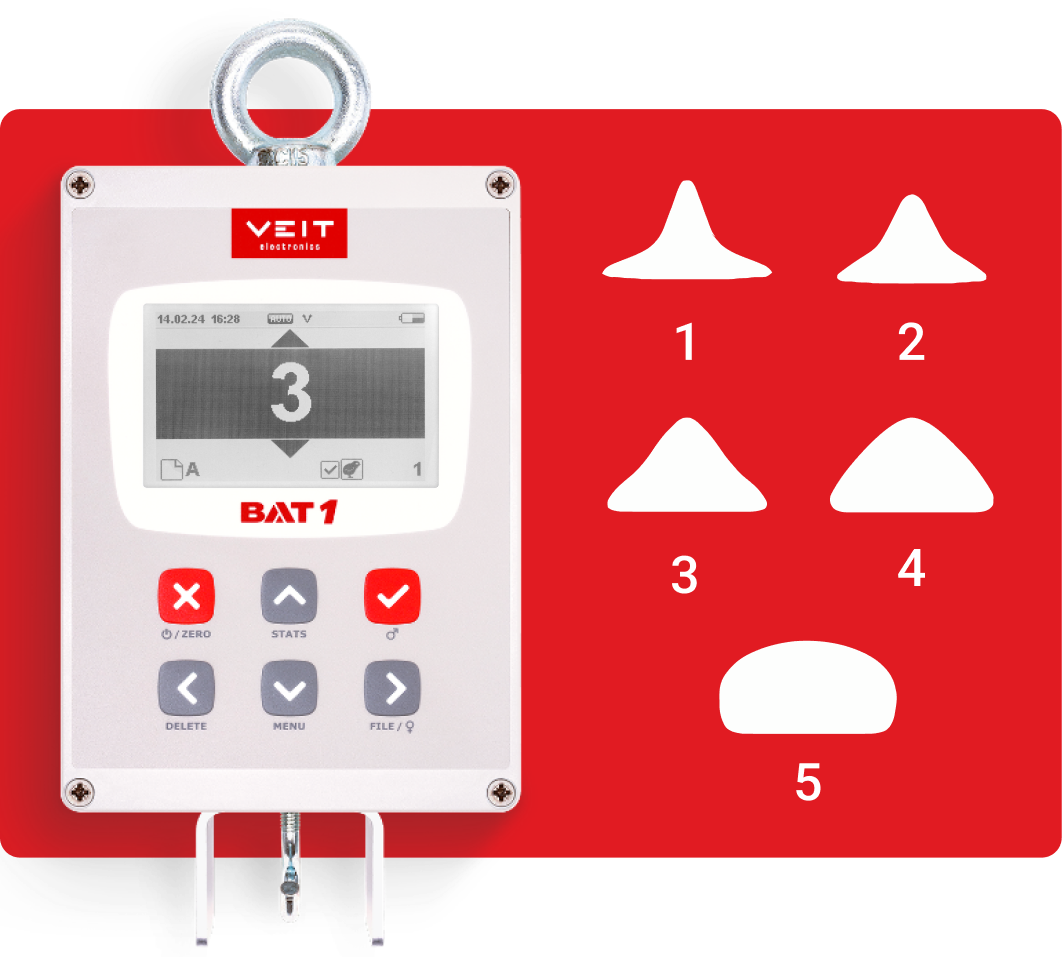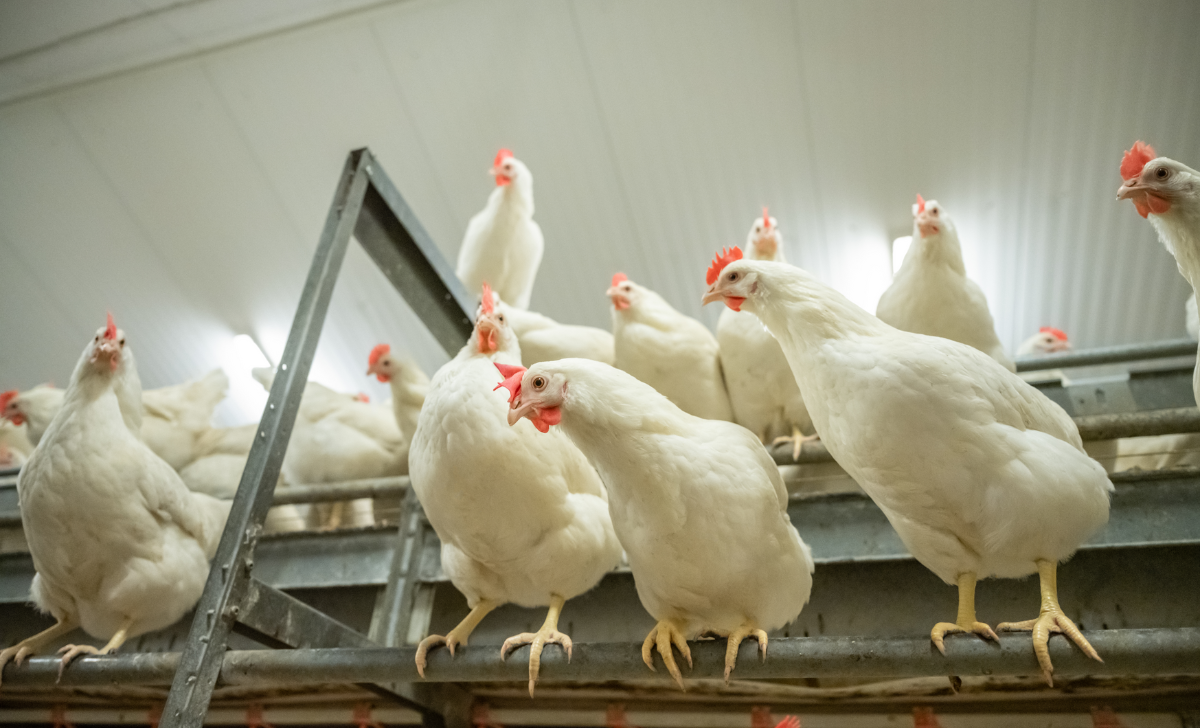Global poultry leaders continue to develop more profitable genetic variations of broiler chickens. Alongside this increased genetic potential comes the need for effective evaluation in order to achieve optimum performance. Among these, fleshing score stands out as a pivotal tool for assessing pullet development, offering insights that go beyond traditional metrics like body weight and uniformity.
The Significance of Fleshing Score
Body weight and uniformity have long been the go-to parameters for tracking pullet development. However, birds with identical weights and uniformity can vary in frame size, fleshing, and fat reserves, resulting in inconsistent laying performance. Including fleshing score to a flock’s data offers a comprehensive view of overall bird health and development.
Decoding Fleshing in Birds
Fleshing refers to the muscle development on a bird’s breast. As pullets mature, their body composition changes. In the initial four weeks, the breast takes on a round shape, known as a fleshing score of 3. As they progress to the maintenance phase, the breast muscle becomes less pronounced, resembling a v-shape and receiving a score of 2. By 12 weeks, as the bird nears its maximum frame size, the score fluctuates between 2 and 3, eventually reaching between 3 and 4 at 20 weeks, signifying a rounder shape with fat deposits.
Collecting Fleshing Scores
The TFC technique simplifies the process of determining the fleshing score:
Touch (T): Start by assessing the breast’s shape. Is it V-shaped, U-shaped, or round?
Feel (F): Identify the keel bone and measure its prominence relative to the breast.
Call (C): Based on your observations, assign a score ranging from 1 to 5.

Proper handling of the birds during assessment greatly increases the quality of the results and makes the whole process faster and easier. Best practices offer two possible options:
The first way is to hold the drumette with one hand and use the other to touch the breast and the keel bone from top to bottom.
The second way is to hold the hock joint, let the bird lean against our bodies and touch the bird from bottom to top. This second method tends to agitate the bird less and reduces the risk of injury to the birds.
The sampling should be done with a catch pen, with a minimum of 50 birds per category. All sample birds should be evaluated and given a fleshing score. The more birds that are handled at the different stages, the better the condition of the birds will be understood.
Since all breeder manuals strongly recommend at least occasional sessions of manual weighing, tools like the BAT1 manual poultry scales can be invaluable. In addition to being precise and easy to use, these specialized scales allow workers to quickly enter the fleshing score alongside the weight entry, further enriching the resulting data and statistics. No more clipboards or calculators required!
Optimizing Pullet Development
To achieve optimal pullet conditions, it’s recommended to begin evaluations as early as 12 weeks. Incorporating fleshing scores into routine monitoring at 12, 16, and 20 weeks, especially when combined with a weighing program that relies on BAT1 manual scales, can provide deeper insights into pullet development. With the right knowledge and tools, the future of broiler breeder management looks promising.
